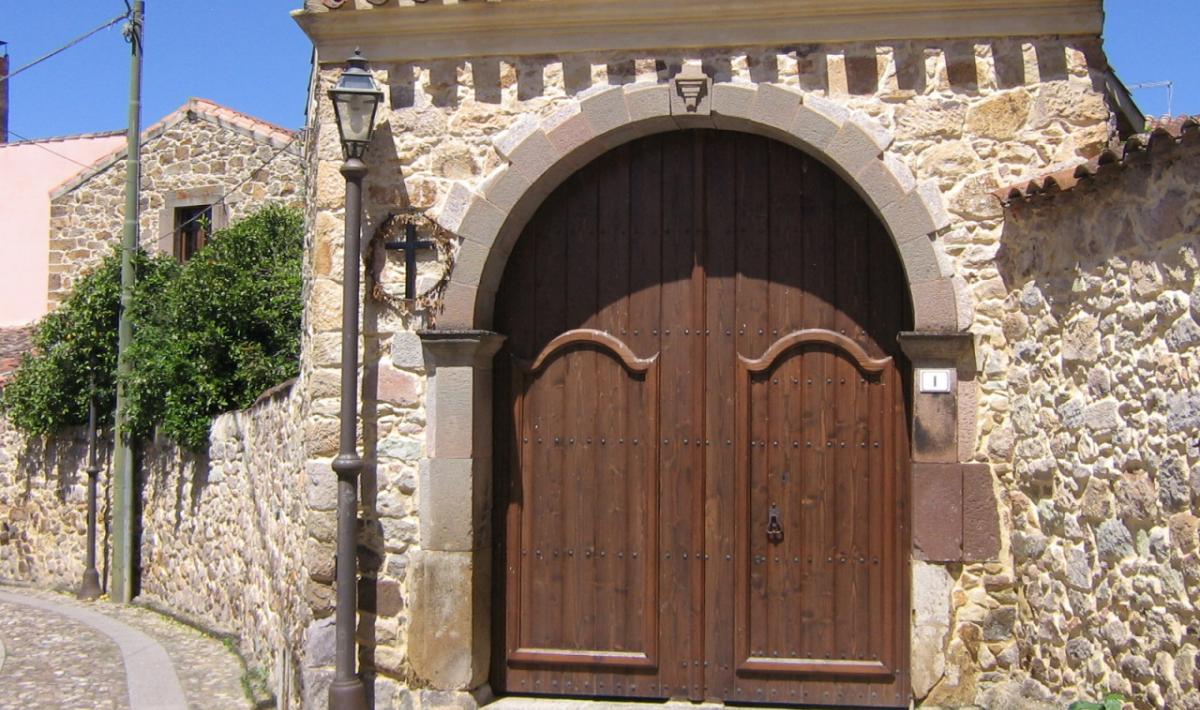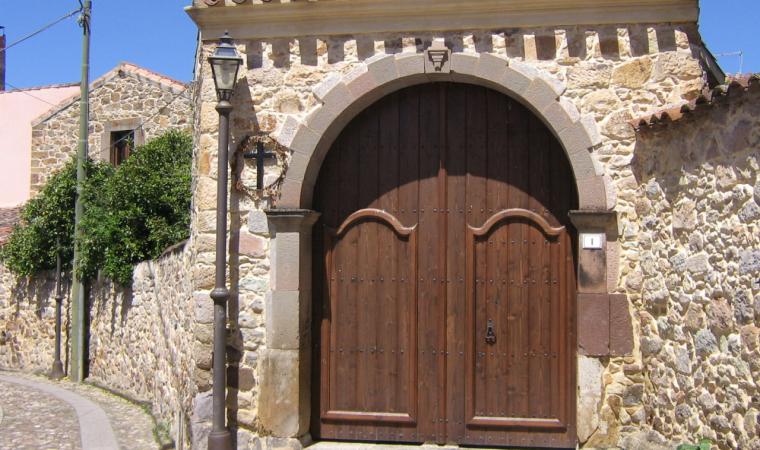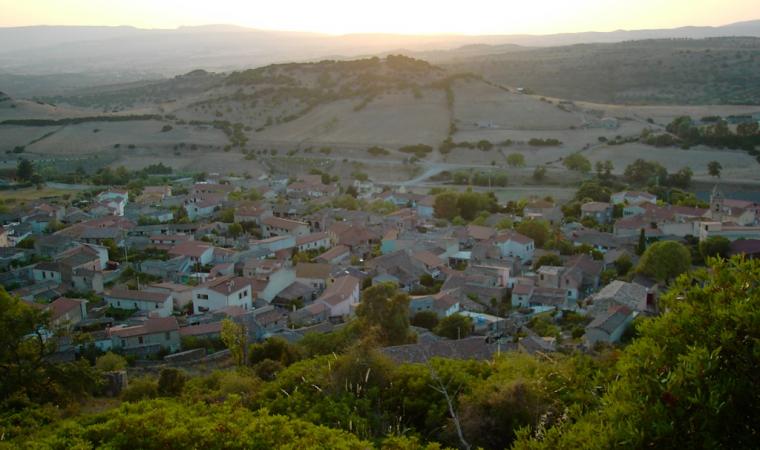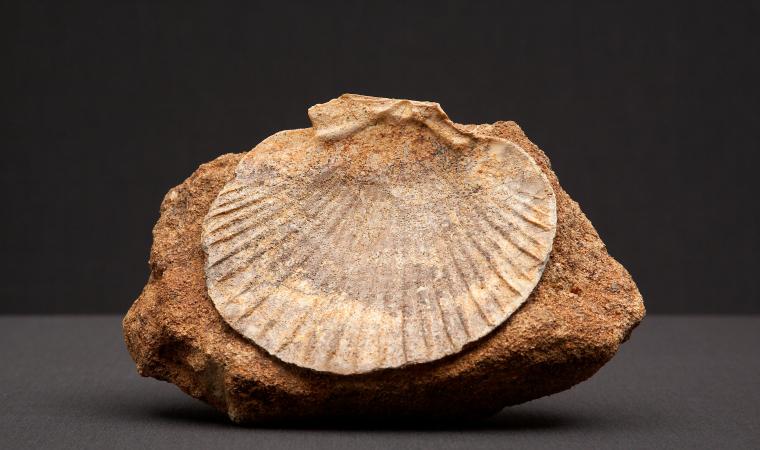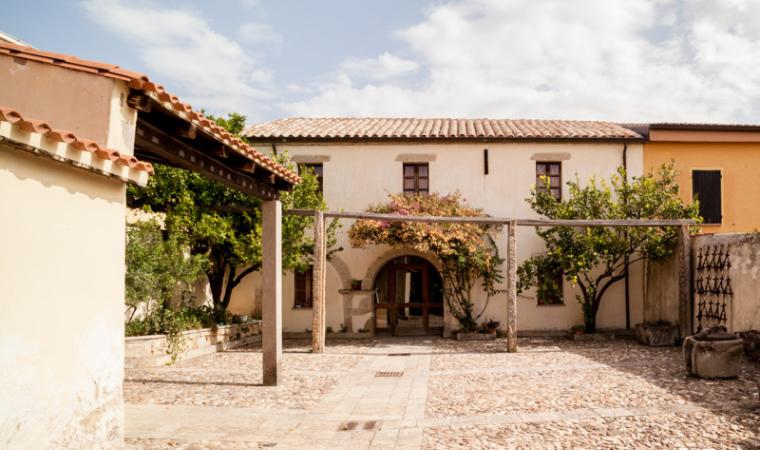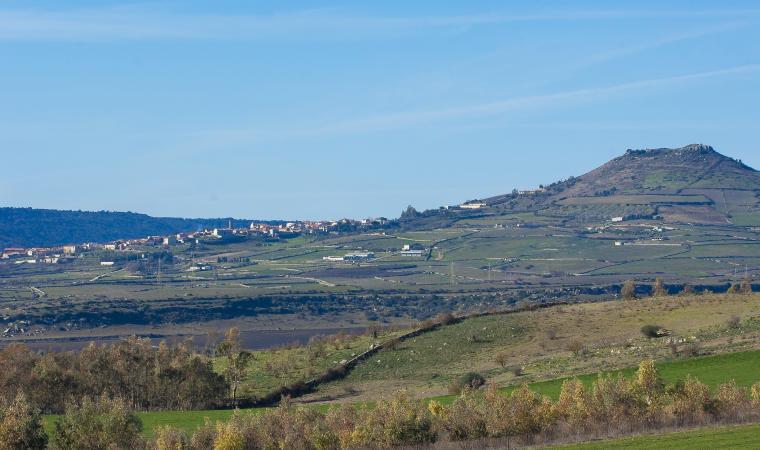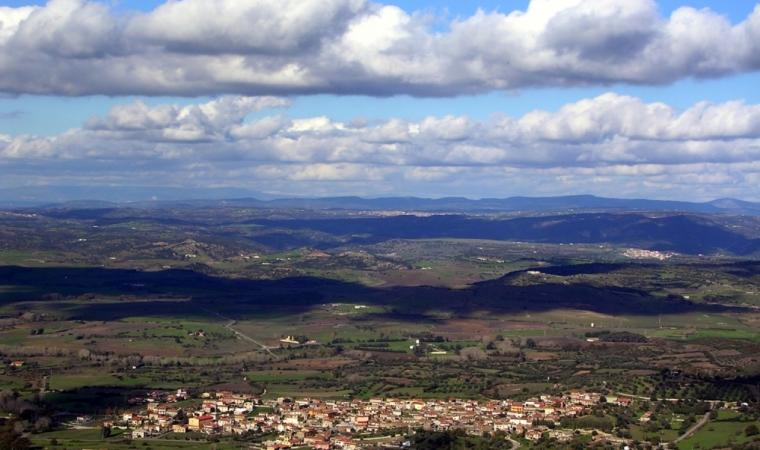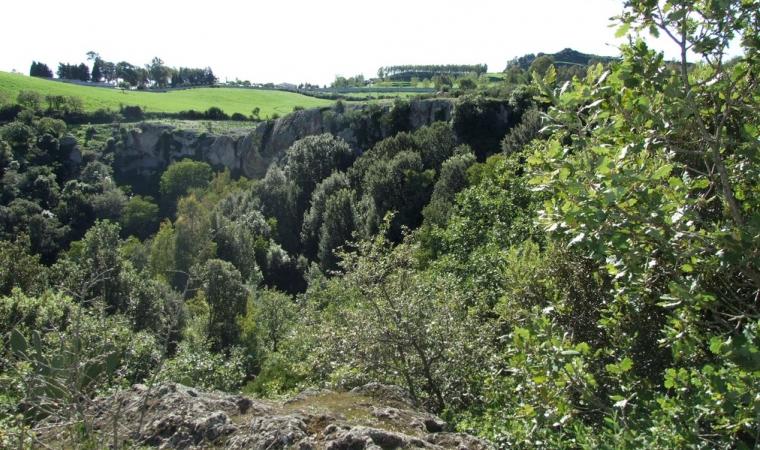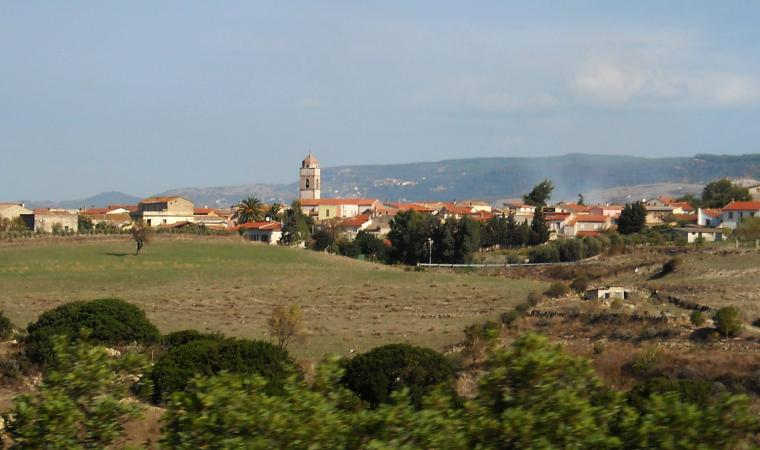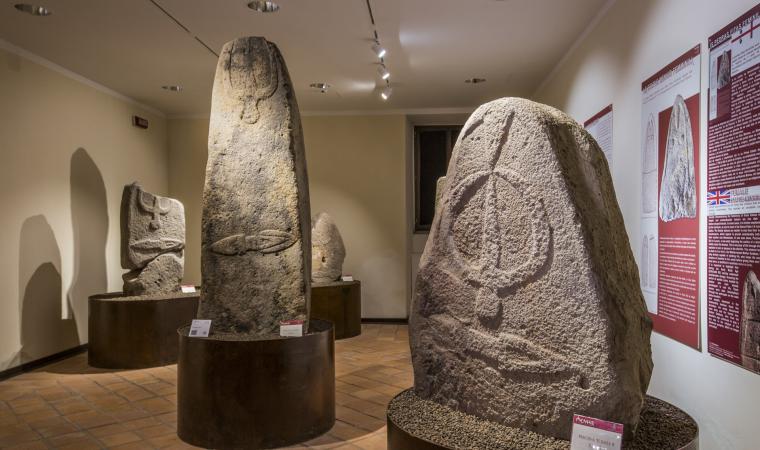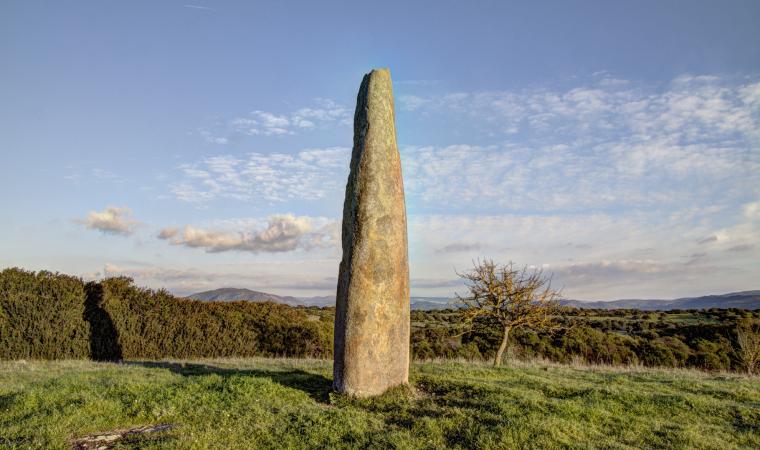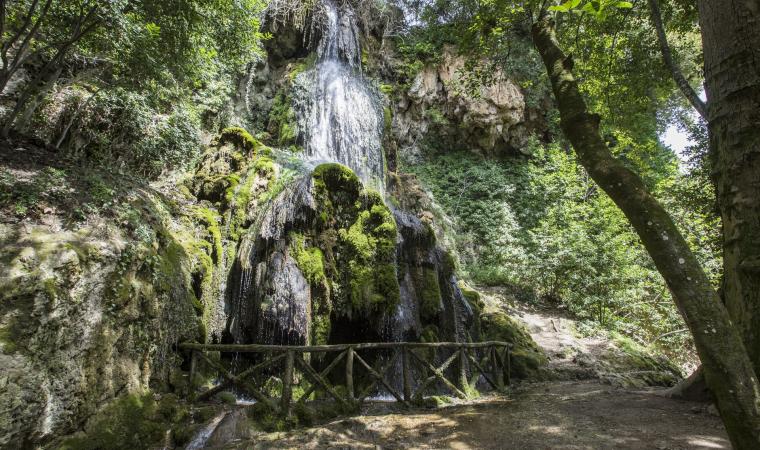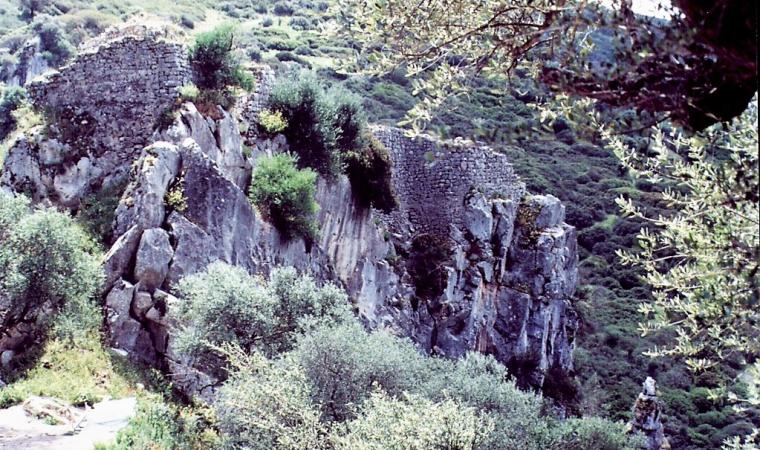It is perched on the slopes of Mount Maiore, at the northern border of Marmilla, surrounded by wide valleys, springs, rock cliffs and unique-looking granitic formations. Nureci is a charming town of about 400 inhabitants, who live mainly off farming, shepherding and stone carving. The town was once part of the Part’e Valenza curatorial (administrative district) of the Giudicato of Arborea. Today’s built-up area dates to the second half of the 15th century: present day Nureci was settled by the inhabitants of Genadas, who left their village due to bandit raids. Next to the small country Church of the Madonna d’Itria, there are ruins of the ancient villa (village). On the first Tuesday after Pentecost, a celebration of Byzantine origins is held here. The town has retained some older corners: buildings from early 19th century catch the eye, including the Baronial Palace of the Touffani and courtyard houses with architraves, balconies and beautiful gates, elements characteristic of Nureci. The squares and streets of the historical centre, paved with cobbles and decorated with fountains and murals, radiate away from the 17th century Church of Santa Barbara, the patron of miners. Her feast day is in early December. The religious celebrations held here, during which you will get the chance to try traditional agro-pastoral cuisine, include the feast days of Saint Rita in late May, Saint Giacomo and Saint Anna in late July, Saint Ignazio da Lacomi in mid-October and most importantly the Fires of Saint Sebastian in January. This celebration is an ancient, good luck ritual. In mid-August, the Mamma Blues Festival, an international blues and jazz event, is held here.
The scenery around the town offers striking surprises: granite and limestone formations, forests and rare species. A Permanent Museum of Nature has been set up in the town’s social centre to represent the natural environment. Nureci’s geo-paleontological sites are of leading importance in the study of the Mediterranean: specifically, the outcrops of Miocene age marine sedimentary rocks of Genna Manna-Muru ‘e Cubeddu. At the same location, fossils and archaeological artefacts were also found. The area was inhabited since the Neolithic, as demonstrated by local stone industry. In Murtas, a structure traced to a megalithic complex has been found. The Bronze Age is represented by 14 nuraghes, including Attori, perched on the green, northern slope of the Giara, and Giuerri Mannu, where one leg of a pre-Nuragic tripod was unearthed. At the town’s exit, on the edge of an overhang overlooking the town, stands the mysterious Corona ‘e Su Crobu (boulder of the crow): a powerful wall – 3 metres of which still stand – with minor structures on its interior, possibly dating to the Punic era. In the granite mass set in the barycentre of the walls the stylized features of the Goddess Mater, a deity common to all the Mediterranean civilizations, can be made out. Pottery fragments dating to the time of the Roman Republic were found at the sites of Turri Piccinnu and Pranu Ollastu.

